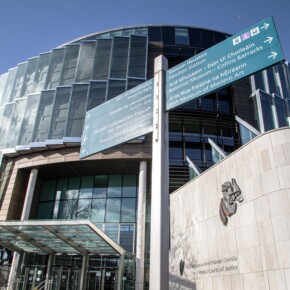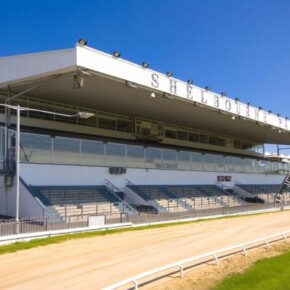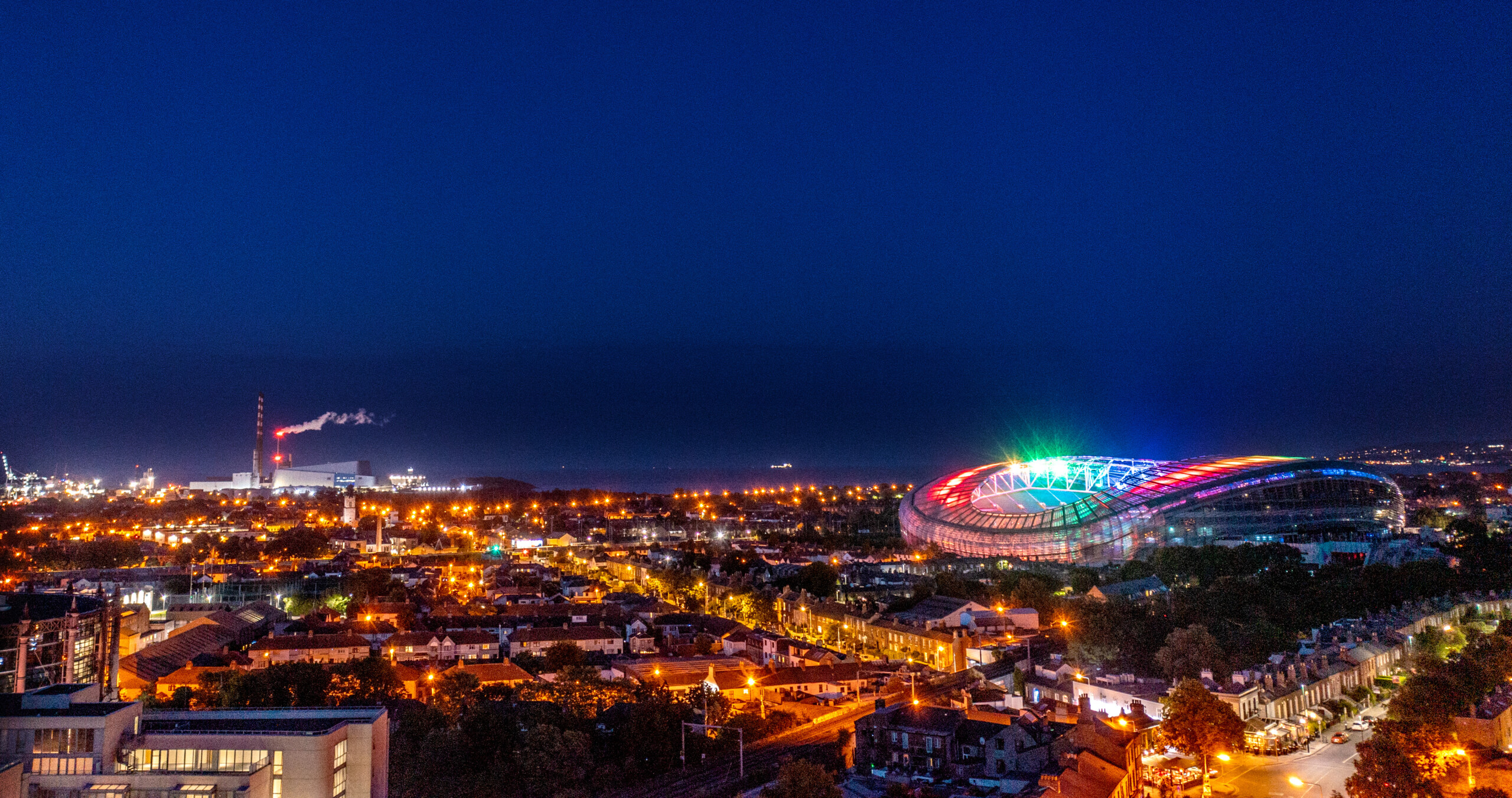Skeletal remains from 11th century discovered near Capel Street
Mike Finnerty 07 Jul 2023
Skeletal remains that date back to the 11th century have been found at an excavation site near Capel Street.
The discovery was made during excavations for a new hotel in Dublin City Centre, and in past times was the host of an abbey at St. Mary’s.
At least two of the remains are believed to date back to the early 11th century.
The abbey was used by the Savigniac and Cistercian orders and opened in the 12th century.
Carbon dating of one of the graves discovered predates that by 100 years, indicating the presence of a Christian settlement on the site prior to St Mary’s being built.
The excavations were commissioned by the Beannchor hospitality group, which is developing its Bullitt Dublin Hotel on a site that housed Boland’s Bakery.
The archaeological investigations also unearthed the foundations of buildings dating back to the 1600s, with a Presbyterian Meeting House also unearthed.
The Presbyterian meeting house will be integrated into the new hotel.
Parts of a domestic house known as the ‘Dutch Billies’ has also been found.
It was constructed around 1700 by settlers who came to Dublin after King William of Orange ascended to the throne following the Battle of the Boyne in 1690.
After being excavated, cleaned, and sent for further analysis, the findings will be handed over to the National Monuments Services, while other structures found during the examination of the site are set to be incorporated into the design of the new hotel complex.
The ‘Dutch Billies’ house will also be preserved while a building with surviving ovens from Boland’s Bakery – dating from 1890 – will be renovated and repurposed.
Edmond O’Donovan, director of excavations for Courtney Deery Heritage Consultancy (CDHC), described the significance of the finds.
“In its day, St Mary’s Abbey was Ireland’s largest and most wealthy medieval abbey,” he said.
“It was demolished after 1540 when the monastery was disbanded by Henry VIII and was later the site of a 17th century Presbyterian Meeting House.”
He added: “One of the things that was intriguing and exciting about the excavation is that we found an early burial or at least a number of burials that we suspect to be quite early.
“We have one that’s carbon dated to the 11th century and we have a second burial that was found with a diagnostic stick pin from the 11th century.”
“And that suggests that there was an earlier Christian and potentially monastic foundation here which predates the Savigniac and Cistercian Abbey,” he told the Press Association.
A number of new dining options and a bar are planned for this part of the complex, which it is hoped will open in the first half of next year, with the Bullitt Dublin hotel expected to follow around 12 months later.











